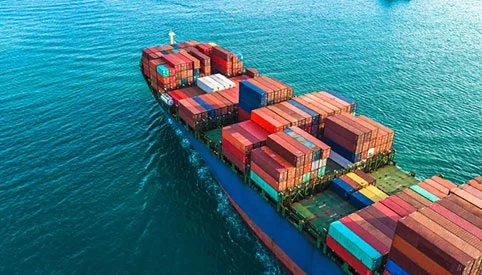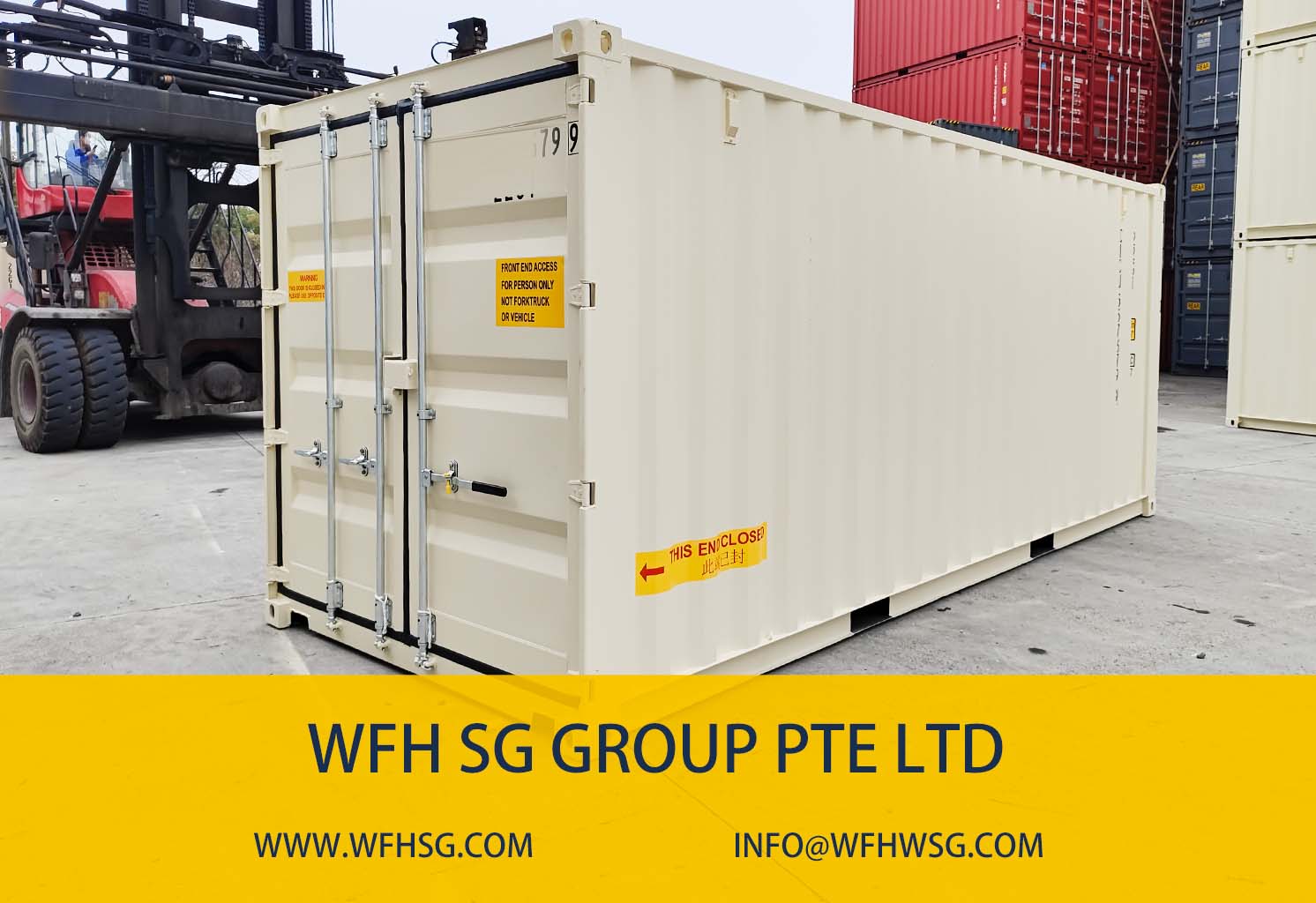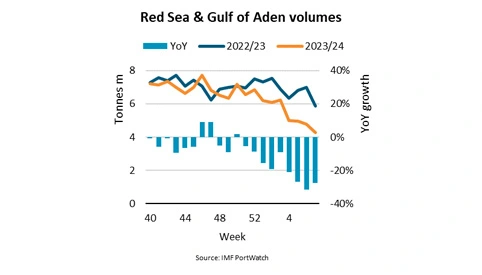2024/12/30
▍ Report Summary
Over 80% of respondents foresee a rise in domestic container prices by January next year.
Shifts in trade routes and trends such as nearshoring are reshaping supply chains.
Tariff escalations and port strikes will present significant challenges to the shipping industry’s development next year.
Supply chain professionals are optimistic about a rise in domestic container prices by January next year, with primary concerns focused on tariff escalations, geopolitical risks, and structural overcapacity. These disruptive factors are expected to continue impacting market supply and demand through 2025, necessitating vigilance from industry participants.
A thorough analysis of the past 24 months’ data reveals that:
In the first half of this year, domestic container prices experienced a significant increase;
Since July, the price of China’s 40-foot high cube containers has shown a gradual downward trend.

Figure 1: Price Trends of 40-Foot High Cube Containers in Major Chinese Cities
Over the past 24 months, the price of 40-foot high cube containers in China has experienced significant fluctuations. In 2023, due to weak demand, prices were relatively low and highly volatile, with average container prices ranging between 1,600 and 2,140. In 2024, as export demand rebounded, container prices steadily increased. In the second quarter of this year, prices in regions such as Ningbo, Qingdao, and Shenzhen peaked, maintaining a high range between 3,000and 3,172.
Entering the third quarter, domestic container prices remained high, with a slight decline towards the end of the year, yet still higher than the same period last year. Influenced by factors such as order front-loading, the peak shipping season, and external disruptions, container prices remained elevated amid tight supply conditions.
As tariff issues become increasingly prominent, it is becoming more important to study the role of Vietnam and Mexico as “transit hubs” on the China-U.S. trade route.
In the latter half of 2024, driven by increased demand and limited shipping capacity, container prices in Vietnam experienced a substantial rise. From March to December, container prices in Haiphong surged by 42%, while in Ho Chi Minh City, prices skyrocketed by 66% from January to December.

Figure 2: Price Trends of 40-Foot High Cube Containers in Major Vietnamese Cities
According to data from the General Statistics Office of Vietnam, the country’s total import and export value grew by 15.8% year-on-year in the first 10 months of this year, reflecting robust trade performance. China remains Vietnam’s largest source of imports, while the United States is its largest export market.
In 2020, Mexico signed the United States-Mexico-Canada Agreement (USMCA) with the United States and Canada, establishing a free trade zone. Over the past three years, the number of Chinese enterprises in Mexican industrial parks has doubled. However, former President Trump warned the Mexican government that if it failed to curb the northward flow of migrants and drugs, a 25% tariff would be imposed on Mexican goods.
Christian Roeloffs, co-founder and CEO of German company Container xChange, stated, “For the global shipping industry, port labor disputes and tariff escalations will pose significant challenges for development in 2025. Shifts in trade routes and trends like nearshoring are reshaping supply chains, and all stakeholders must brace for the turbulence at the start of the new year.”


